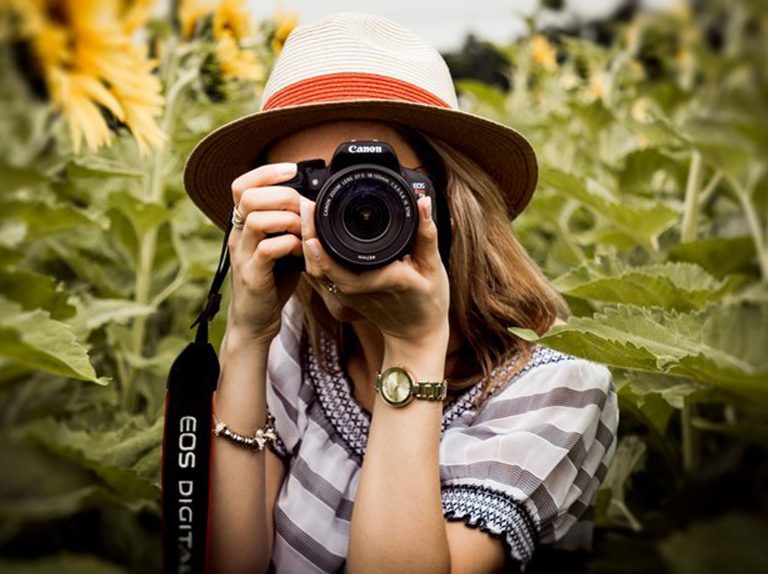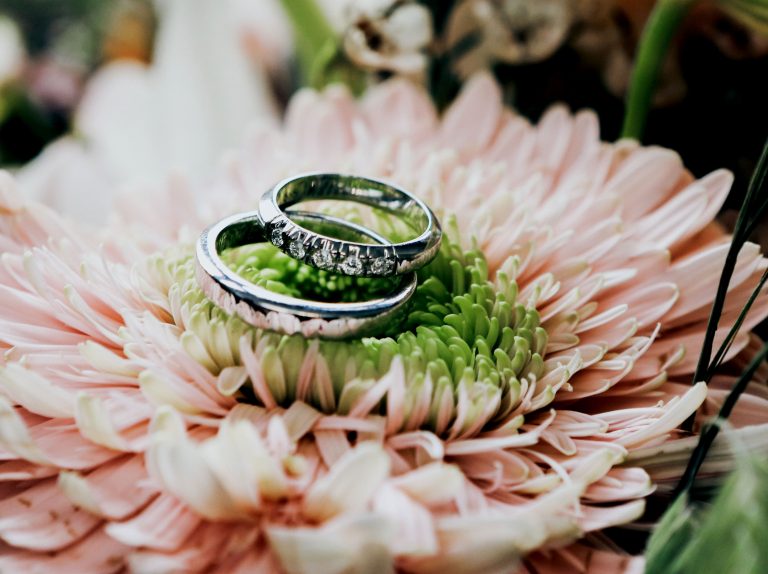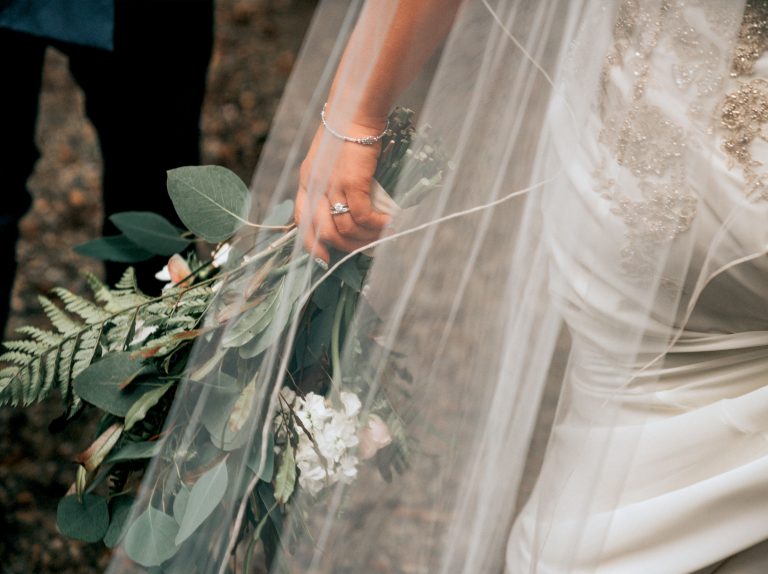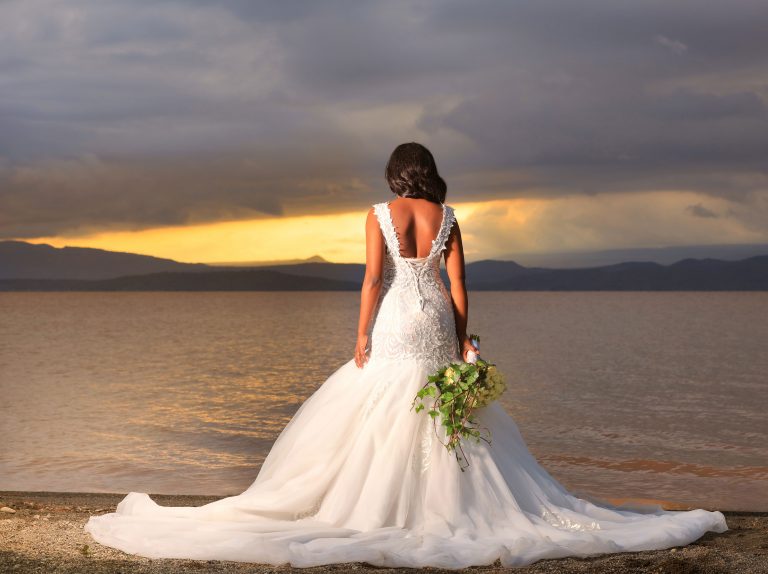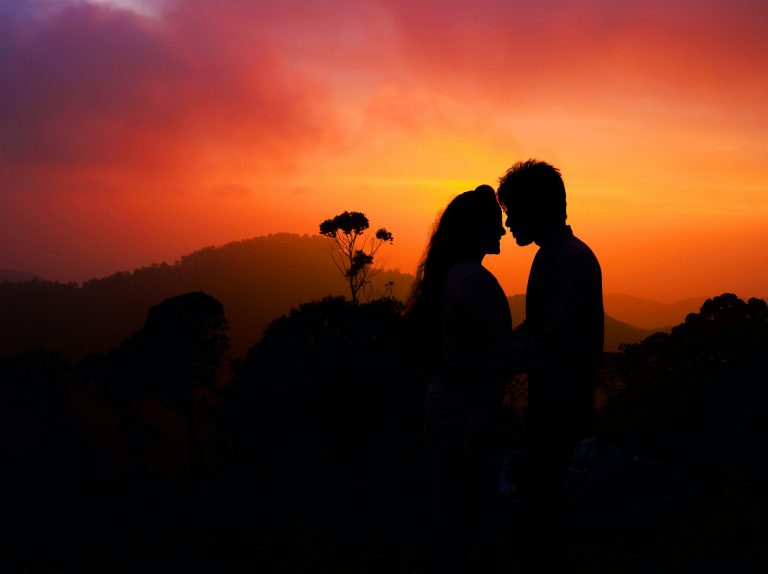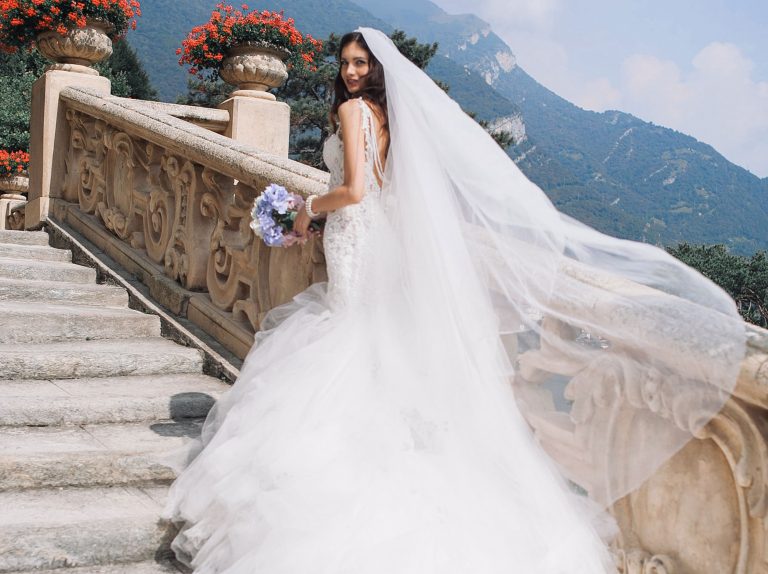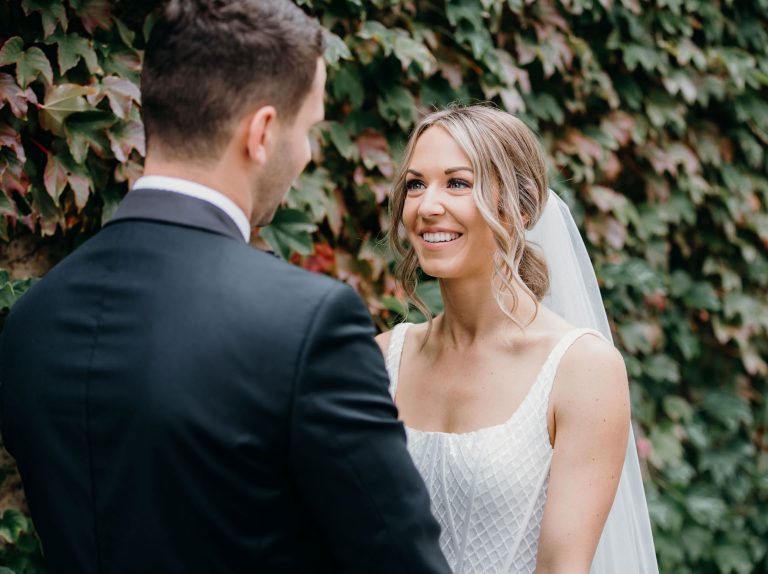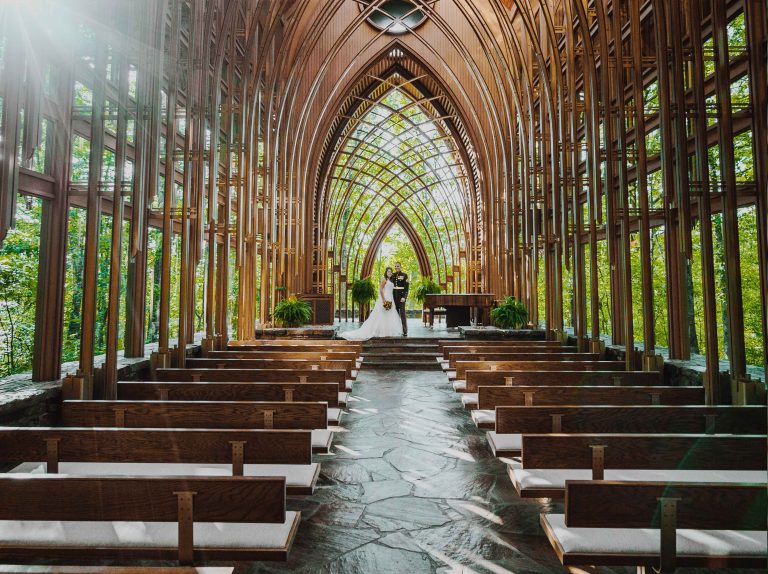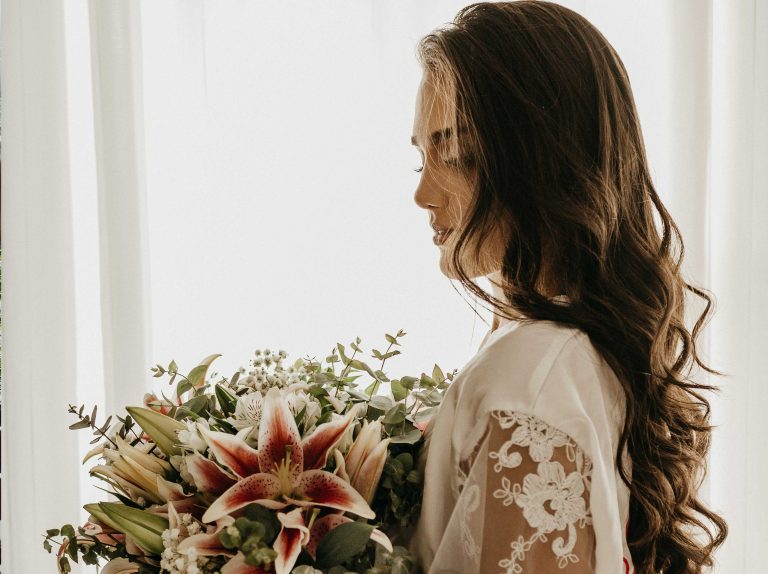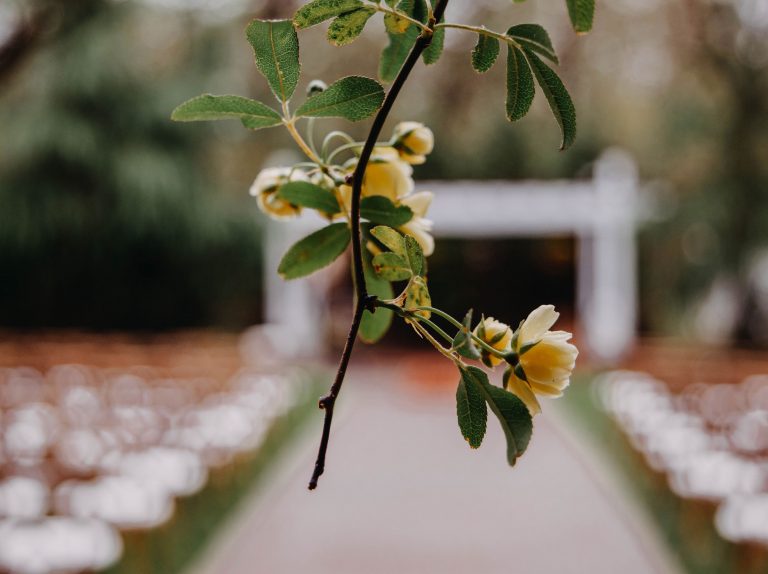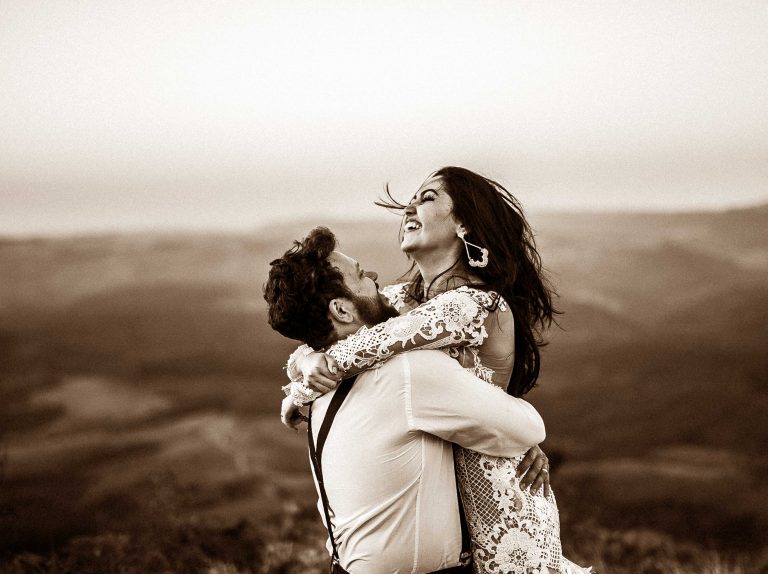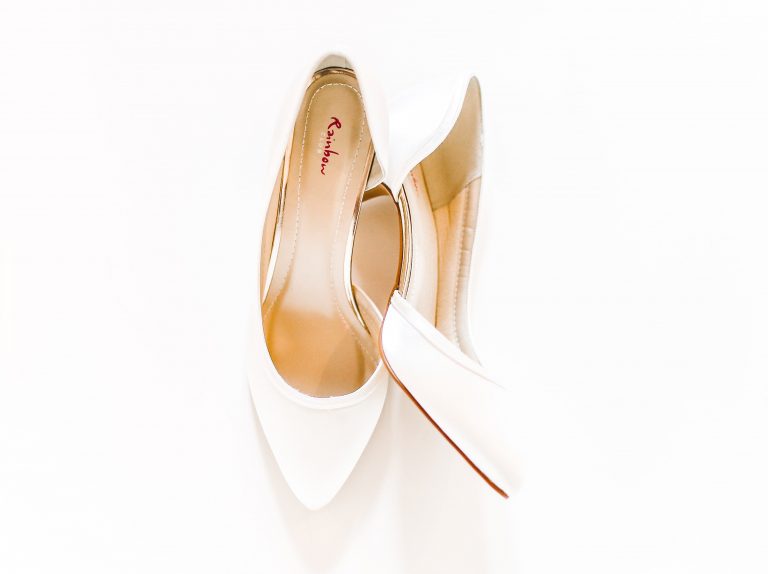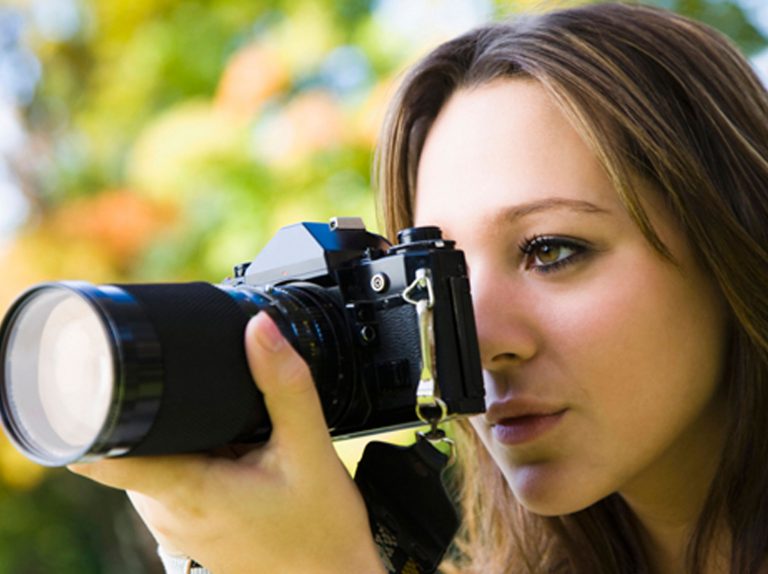Wedding Video Productions
While memories of the ceremony undoubtedly conjure up at least a smile, the memory of dealing with all the minute details that went into planning the event probably causes an involuntary shudder. (Oh, come on, admit it.) Yet it’s those very factors that made your wedding the spectacularly romantic event I’m sure it was. And producing a wedding video is really no different; it takes the same planning, attention to detail and a realistic anticipation of potential glitches that will elevate your project from being just another (yawn) wedding video to one that is a uniquely personal celebration of love.
Rather than covering the technicalities of shooting, the following eight tips are meant to inspire your creative instincts during all phases of your production, from your first meeting with the couple to the final editing stages.
Keep-it-Simple Strategies
1. It’s all about the bride and groom. This is the most basic (and most important) tip of all. Keep in mind what they want. Get as many shots of them as you can holding hands at the rehearsal, when they first see each other at the ceremony, walking out together after the vows, the little looks they give each other at the reception, laughing, dancing and enjoying the spotlight. Get other people to talk about them on-camera. Concentrate on getting those once-in-a-lifetime shots.
2. Keep the theme of the wedding in mind. At a recent wedding that I videotaped, where the bride and groom were both pilots, there was a definite aviation theme. I made sure I got shots of airplanes (the wedding was at an airport, and some guests actually flew in for the ceremony), people looking at airplanes and the biplane that flew over later in the day with the sun setting behind it.
Whatever theme your bride and groom select, be sure to include it in the wedding videos that you produce.
The Wedding Video Planner? You’ve heard it before: plan your shoot, shoot your plan. With a wedding video, it’s not always possible to have an exact plan, but following these tips will help keep your production on track.
3. Meet with the bride and groom as far in advance as possible. On the practical side, make sure you know where each part of the wedding will take place. Many couples have their receptions and ceremonies at two different facilities. Find out about the people they want included in the video, such as relatives and friends from out of town. Will there be any unusual aspects to the ceremony or reception? Ask about the style of the wedding; will it be traditional, religious, low-key, private or one big party? You’ll find that having as much information as possible ahead of time will influence every aspect of your wedding video, from the types of shots you’ll plan for, to the overall look and feel in the editing phase.
4. Attend the rehearsal. The rehearsal is for you, too. It will give you a great opportunity to locate all the electrical outlets you’ll need and move your camcorder around to find the best possible angles. It will also help you familiarize yourself with everything from potential lighting and sound issues to the order of events, where key people (parents of the bride and groom, for example) will be sitting, etc. And the bonus, assuming you’re actually taping during the rehearsal (and you should) is lots of wonderful behind-the-scenes footage to include in your wedding video.
For Better or Worse: When Bad Things Happen to Good Videos
These tips come directly from my own experiences, so, as my mother used to say, don’t make the same mistakes I did!
5. Make sure you will be able to see the bride when she walks down the aisle. As obvious as it sounds, confirm that your camcorder’s line of vision will include the bride. At my first wedding shoot, which was in a place where my camera had to be placed on the same level as the aisle, it never occurred to me that I wouldn’t be able to see the bride when everyone stood up to see her entrance. Fortunately for me, I had placed another camera at the very back of the aisle, originally just to capture continuous audio, but I ended up using the video too, creating a quite dramatic rear-view, slow-motion shot of the bride and her father entering and walking up the aisle. Addendum to this lesson: you can turn apparent mistakes into tremendous advantages in your wedding videos.
6. Make the still photographer your friend. In one case of my own, I approached the photographer the minute he arrived for the wedding (he wasn’t at the rehearsal) and made the appropriate speech about cooperating with each other. Well, he apparently thought that no camera mattered except his own, and appeared to go out of his way to get between me and the action, ruining several of my shots. But once again, I managed to turn video straw into editing gold. I actually used one of the ruined shots, where the photographer had stepped in front of my back-of-the-aisle camera to catch the bride and groom exiting after the ceremony. I added a photo-flash effect to the clip, as if made by the photographer’s camera, then dissolved immediately from the flash into a series of wedding party shots.




